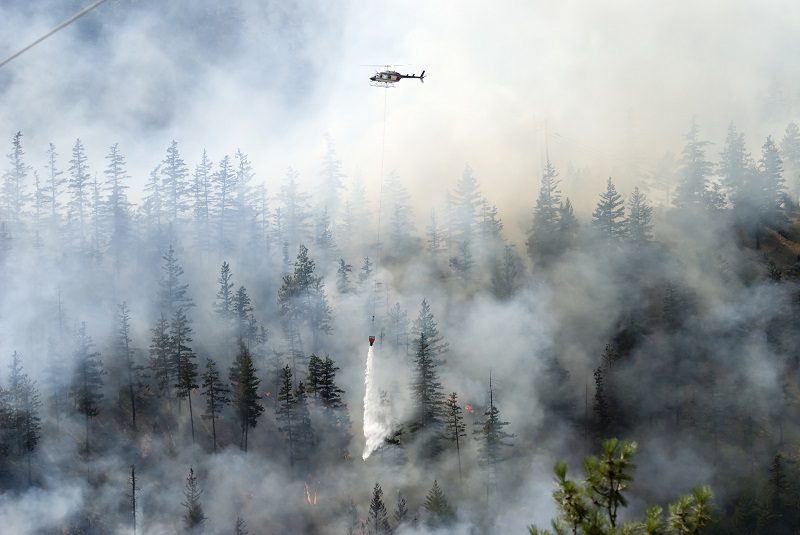Why secondary perils are of primary concern to insurers

So-called “secondary perils” are now of primary concern for insurers, and the P&C industry needs to change its language and focus accordingly, Moody’s RMS says.
Secondary perils include insured damage losses caused by natural catastrophes such as wildfires, hail or convective storms. Whether occurring by themselves, or triggered by primary perils such as hurricanes or earthquakes, secondary perils are collectively causing a much greater share of losses, a Moody’s RMS blog post observed Friday.
“It is largely true that while individual secondary events do not on their own cause significant industry-altering losses, their cumulative effect has led to alarming levels of loss for many (re)insurers,” Rob Stevenson, senior client director of Moody’s RMS, writes in the blog. Stevenson has more than 25 years of experience leading catastrophe modelling and exposure management teams.
“In a situation reminiscent of a ’Death by a Thousand Cuts’ scenario, numerous small events have had an enormous collective impact,” Stevenson writes. “Some secondary events have led to their own multi-billion-dollar losses such as the U.S. wildfires in 2018, and the 2021 flooding in western and central Europe.
“This raises the question of whether the industry should rethink the term ’secondary.’”
Globally, estimated total insured losses reached $140 billion US for 2022, a Gallagher Re report notes. Primary perils made up $67 billion US (48%) of this total and secondary perils accounted for a majority of losses at $73 billion US (52%), Gallagher Re says.
Related: P&C industry must get better at modelling secondary perils: reinsurance exec
In Canada, thus far in 2023, flood damage caused by severe storms and wildfire losses have been projected to cost the industry between $1 billion Cdn and $2 billion Cdn, with claims damage from a Spring storm in Ontario and Quebec not yet counted.
That means just four secondary peril events in Canada may cost the industry half of the $3.1 billion Cdn it paid out for NatCat losses all of last year.
“Secondary” perils are called such because, although the losses occur more frequently, they do not cause the same kind of severe damage as losses following primary perils. However, as they start to pile high, they add up, and are now considered “earnings events.”
“While primary perils typically produce industry-wide losses impacting large swathes of the market, it is secondary peril losses impacting selected (re)insurers that result in the C-suite asking why earnings or financial performance lag behind their peers,” Stevenson notes in his blog. “So, perhaps now is the time to redefine ‘secondary perils’ as ‘earnings perils….’
“[Introducing] the term ‘earnings perils’ underscores the significance of these risks and their potential impact on the profitability of a (re)insurer.”
But measuring earnings perils will pose a challenge to catastrophe modelling vendors going forward, Stevenson said.
“[It] requires the use of risk models with a high level of detail, the ability to aggregate and measure correlation across multiple perils within the same event, and the capability to financially model complex policy terms and outwards reinsurance policies,” Stevenson writes. “These capabilities provide underwriters with a more informed understanding of the frequency and severity of modeled perils.”
Feature image courtesy of iStock.com/Mooneydriver



